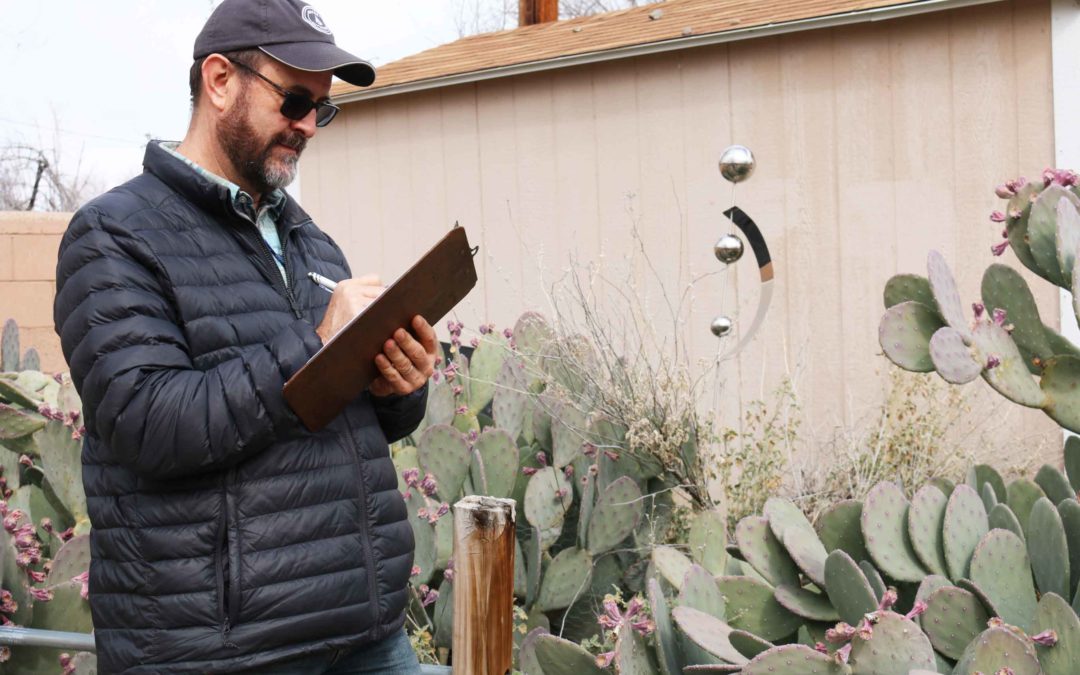With drought conditions predicted to continue for the foreseeable future, we’re likely to water more often this spring and summer. Make every drop count – and keep us on track to meet our conservation goals – by performing routine maintenance to maximize your sprinkler system’s efficiency.
Monthly
- Check for leaks by inspecting water lines, sprinklers, emitters, and other components. Look for wet spots in the landscape and listen for hissing to help locate issues.
- Your irrigation system is only as good as its aim. Adjust sprinklers and emitters to make sure they’re delivering water to the landscape and not onto rocks, bare earth, or pavement.
- Replace damaged parts immediately with identical or equivalent parts. This ensures uniform coverage and optimal system efficiency.
- Locate and clean any clogged equipment.
- Use water meter and historical data to help reveal hidden leaks.
- Check to make sure irrigation controller is set appropriately for the season
Spring
- As the watering season gets underway, check your irrigation system for leaks and clogged, broken, or missing sprinkler heads and emitters.
- An outdated irrigation system can waste time, water, and money. Consider installing a new WaterSense-labeled, “smart” irrigation controller to take the guesswork out of scheduling (rebates available).
- Set the controller for watering frequency, start times, and duration per zone per program.
- Replace the back-up battery in the controller.
- Test the manual shut-off or isolation valve.
- Check the water pressure in each irrigation zone.
- Check and clean filters, wherever they are in the system.
- Check and clean the filter screen in each sprinkler body. Adjust the rotor arc or spray pattern to eliminate water waste.
- Test heads to make sure they are delivering consistently and efficiently.
- Inspect all drip emitters (look for wet zones after running a complete cycle). Unclog or replace any that are malfunctioning.
Early Summer
- Adjust controller for the appropriate seasonal setting.
- Adjust sprinklers and emitters to make sure they’re delivering water to the landscape and not onto rocks, bare earth, or pavement.
- Check and clean filters, wherever they are in the system.
- Inspect all drip emitters (look for wet zones after running a complete cycle). Unclog or replace any that are malfunctioning.
- As plants grow bigger, move the emitters to the edge of each plant’s root ball or drip line to encourage further root development.
Fall
- Adjust controller for the appropriate seasonal setting.
- Test the manual shut-off or isolation valve.
- Check and clean filters, wherever they are in the system.
- Inspect all drip emitters (look for wet zones after running a complete cycle). Unclog or replace any that are malfunctioning.
Winter
- Guard your irrigation system against freezing temperatures by draining pipes and tubing and properly winterizing your system.
- When temperatures are below 40 degrees Fahrenheit, discontinue automatic watering and turn on systems manually or hand water as needed.




